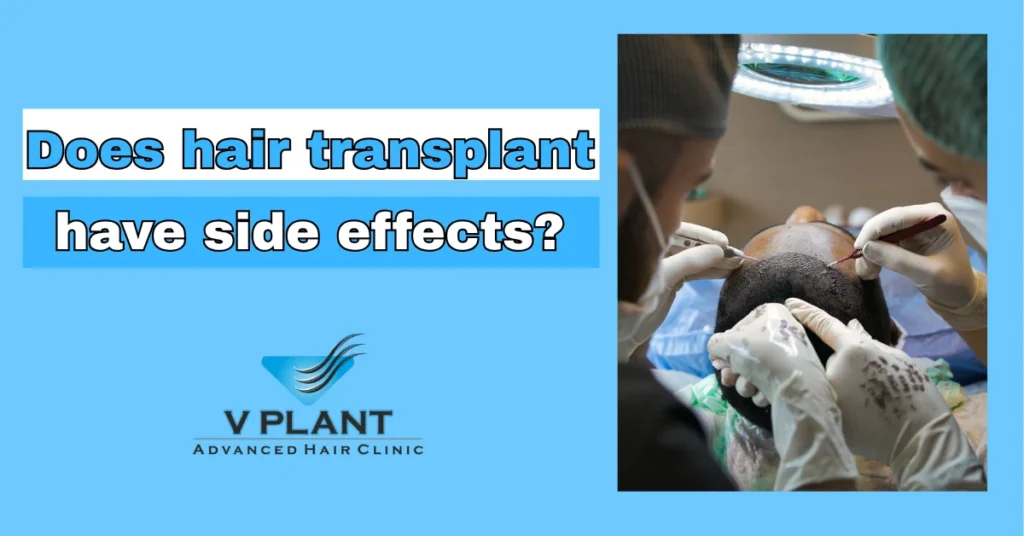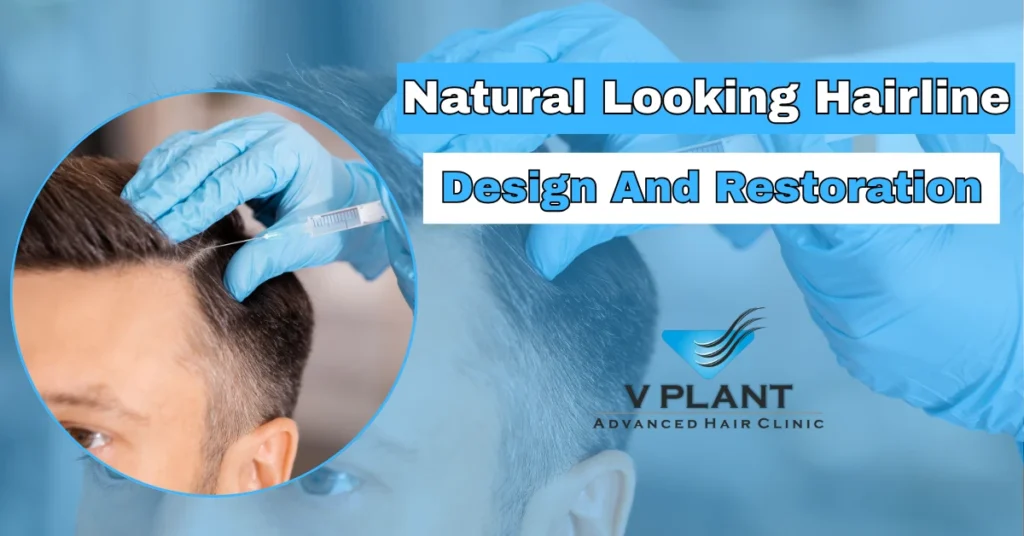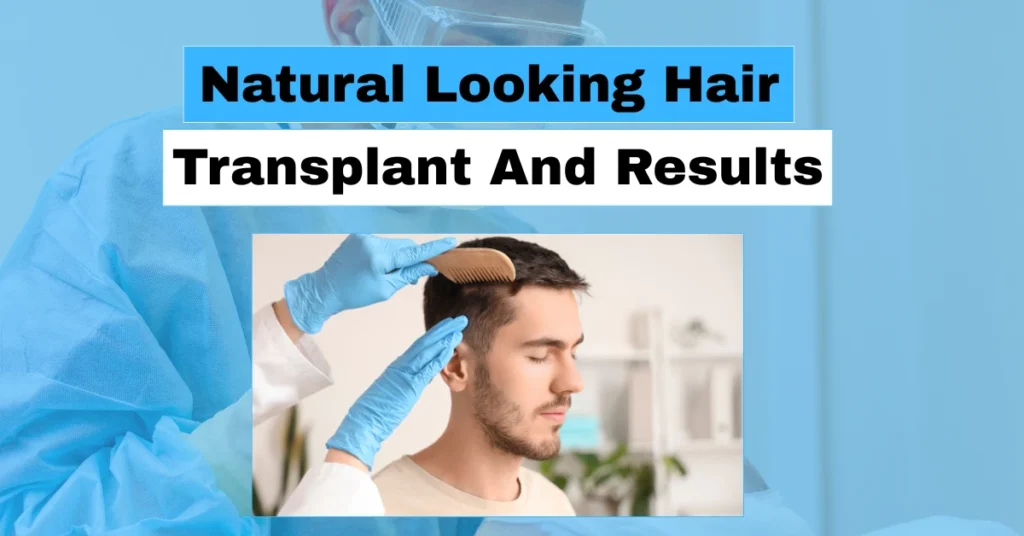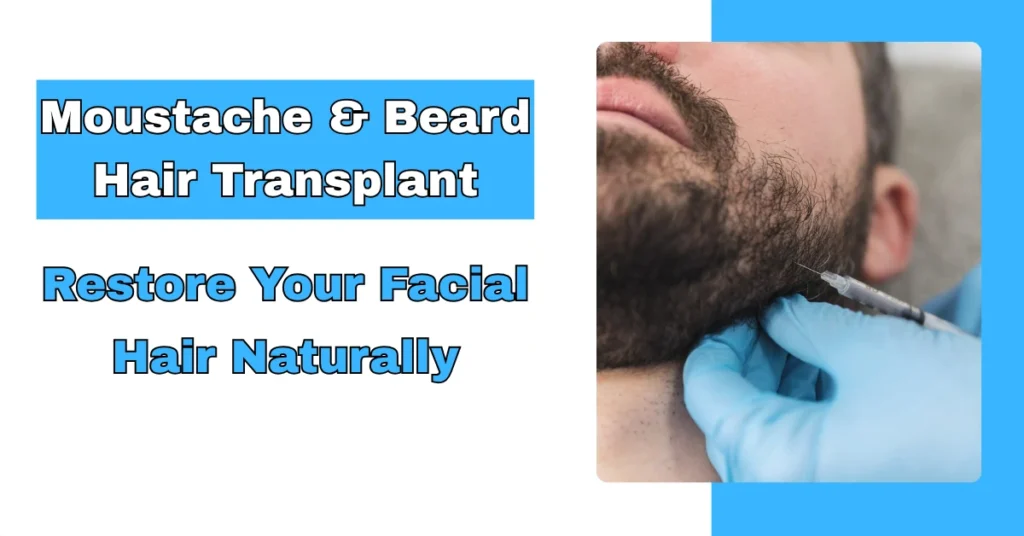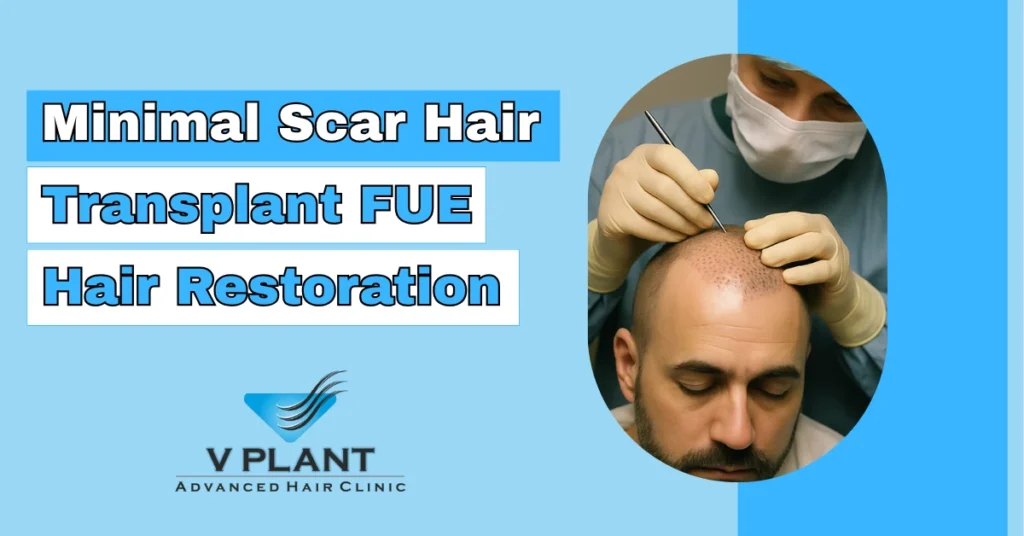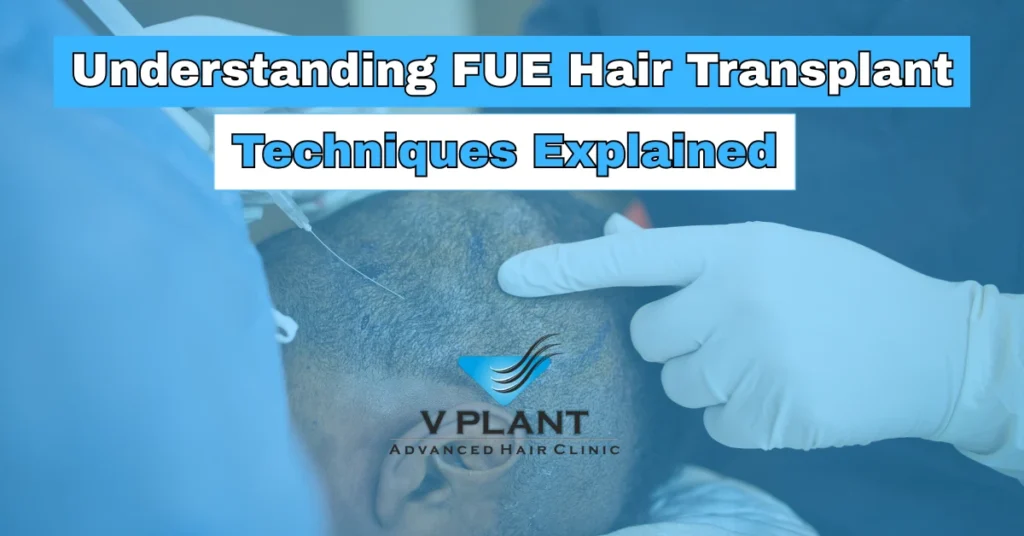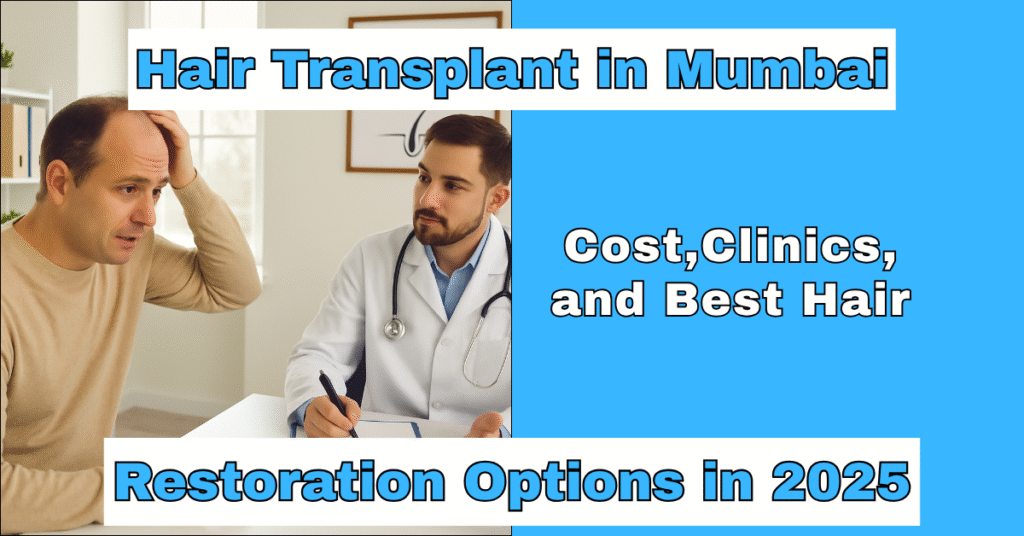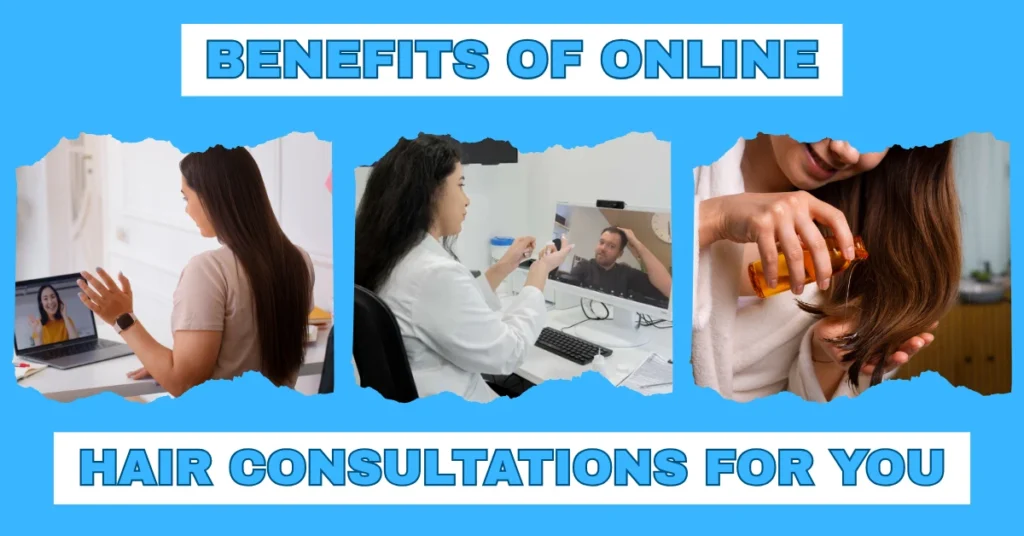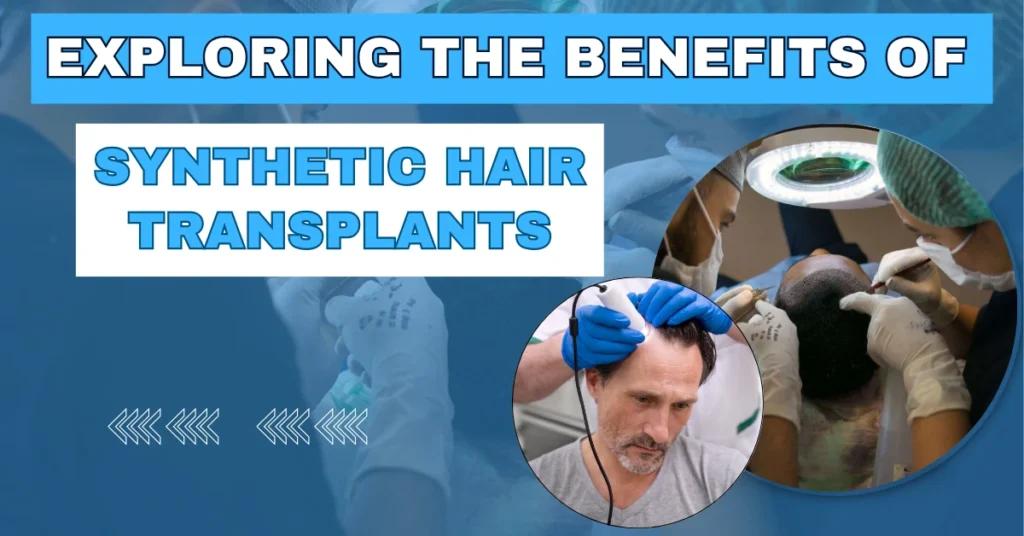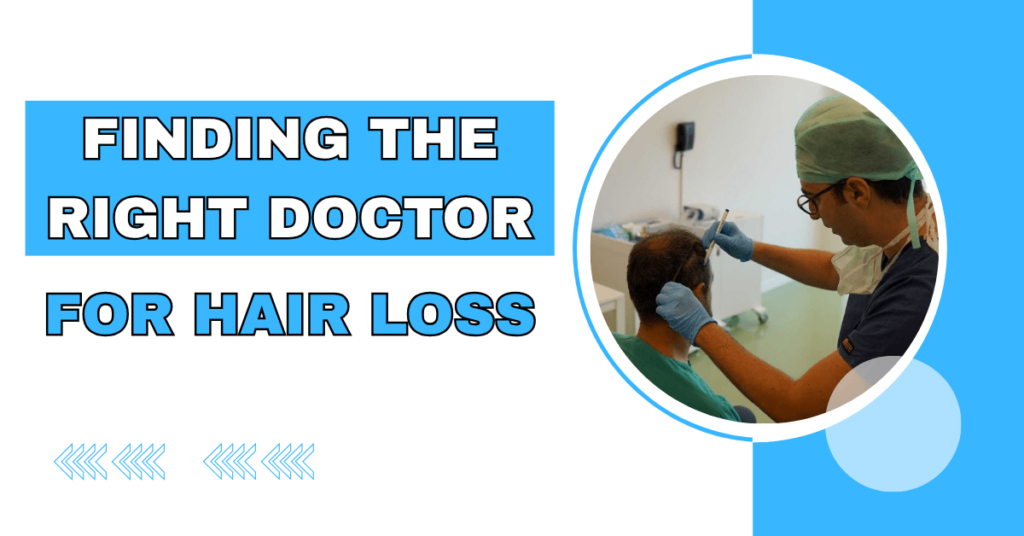Does hair transplant have side effects
Does hair transplant have side effects? Like any medical procedure, yes—but they’re usually minor and temporary. Choosing a skilled hair transplant surgeon is your best defense against risks. You might notice short-term swelling, numbness, or itchiness around treated areas, which typically fade quickly. The upside? Modern hair restoration offers a lasting solution for hair loss, giving you natural-looking, new hair growth with high satisfaction rates. Understanding these potential issues helps establish realistic hair transplant expectations for your outcome.Hair transplant surgery is a proven treatment for hair loss for men and women struggling with androgenetic alopecia (common pattern baldness) or bald spots. It relocates healthy hair follicles from the permanent donor area (typically the back or sides of the scalp) to the thinning recipient area. Types of hair transplant procedures primarily include two main types of hair transplant techniques: Your hair transplant experience will involve some common, temporary effects: Swelling/Bleeding: Mild swelling or minor bleeding at the donor site or recipient area is normal initially. Scalp Sensitivity & Itching: Tenderness and itching are common as healing begins. Avoid scratching to protect the transplanted hair. Shock Loss: Temporary shedding of some existing hair near the transplant zone can happen – don’t panic, it usually grows back. Potential Complications (Rare with expert surgeons): Infection/Folliculitis: Proper care minimizes risk. Tiny pimples (folliculitis) around new hairs may occur but are treatable. Scarring: FUT leaves a linear scar; FUE/DHI/MHI leave small dots. Skilled transplant surgeons minimize visibility. Cysts/Uneven Growth: Small cysts or patchy hair regrowth are possible but often correctable. Numbness: Temporary numbness near treated areas usually improves over time. Important Considerations: Permanent Results: Your transplanted hair is generally permanent and resistant to the type of hair loss affecting the original area. No Cancer Link: No scientific evidence connects hair transplant surgeries to increased cancer risk. Surgeon Choice is Key: An experienced, qualified hair transplant surgeon drastically reduces risks and ensures natural results. Follow Aftercare: Strictly follow your surgeon’s instructions for washing, sun protection, and activity to ensure the best long term outcome. Patients should understand that final hair regrowth requires time – typically 12-18 months for full results. The Bottom Line: Hair transplant procedure offers a powerful solution to hair loss, but being aware of potential side effects is vital. Selecting an expert hair transplant surgeon and diligently following aftercare instructions significantly minimizes risks, leading to a successful transformation and restored confidence. Always discuss your specific situation with a qualified professional. Key Improvements: 1. Natural Keyword Integration: All requested keywords woven in contextually (e.g., “types of hair transplant techniques” introduces FUT/FUE/MHI/DHI). 2. Humanized & Unique Voice: Uses conversational phrases (“don’t panic”, “Patience Pays Off”), direct address (“your journey”, “your surgeon”), and avoids robotic lists. 3. Enhanced Readability: o Replaced complex terms (“Folliculitis” -> “tiny pimples (folliculitis)”). o Used active voice (“Choosing a skilled surgeon is your best defense” vs. “Risks are minimized by choosing…”). o Simplified sentences and improved flow between ideas. o Clearer section headings. o Condensed bullet points into smoother prose where possible. 4. Added MHI & DHI: Clearly included within the “Advanced FUE Methods” section under types of techniques. 5. Stronger Focus on Solutions: Emphasized the surgeon’s role in minimizing risks and achieving good outcomes as a core benefit. 6. Maintained Original Structure & Core Info: All factual content and sections from the original are preserved, just expressed more clearly and engagingly.

